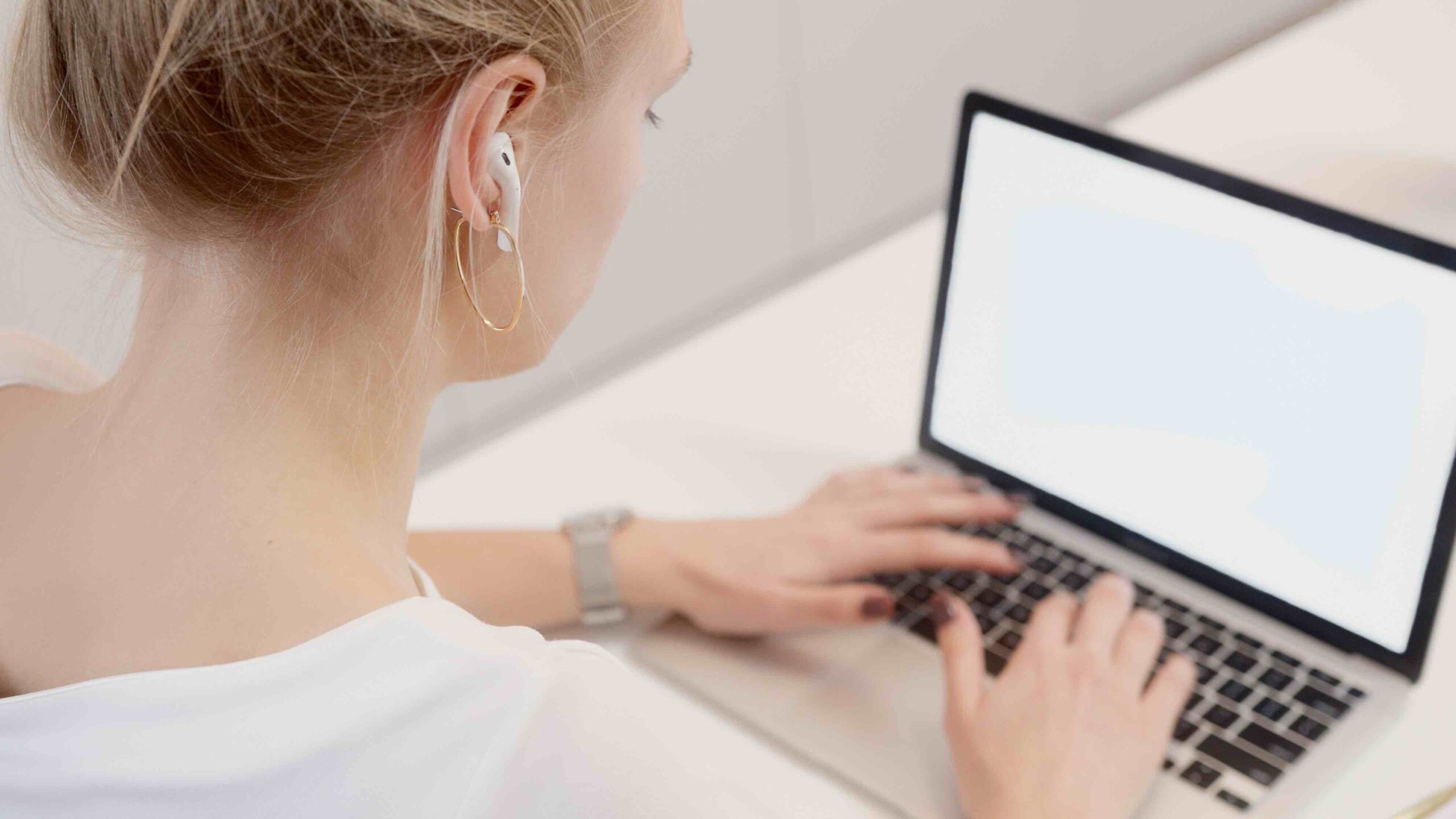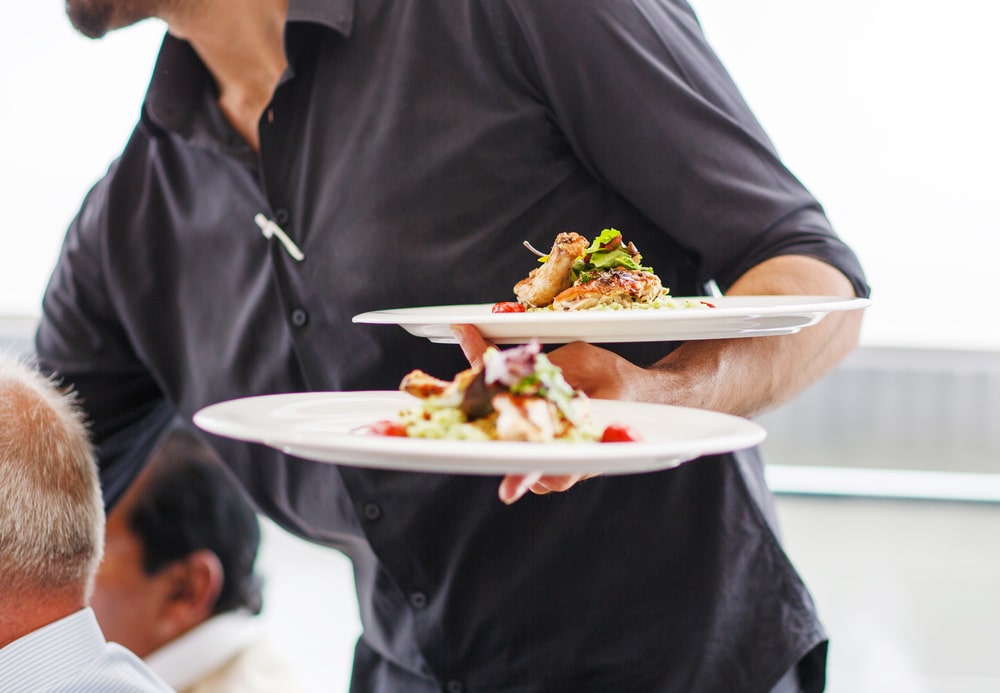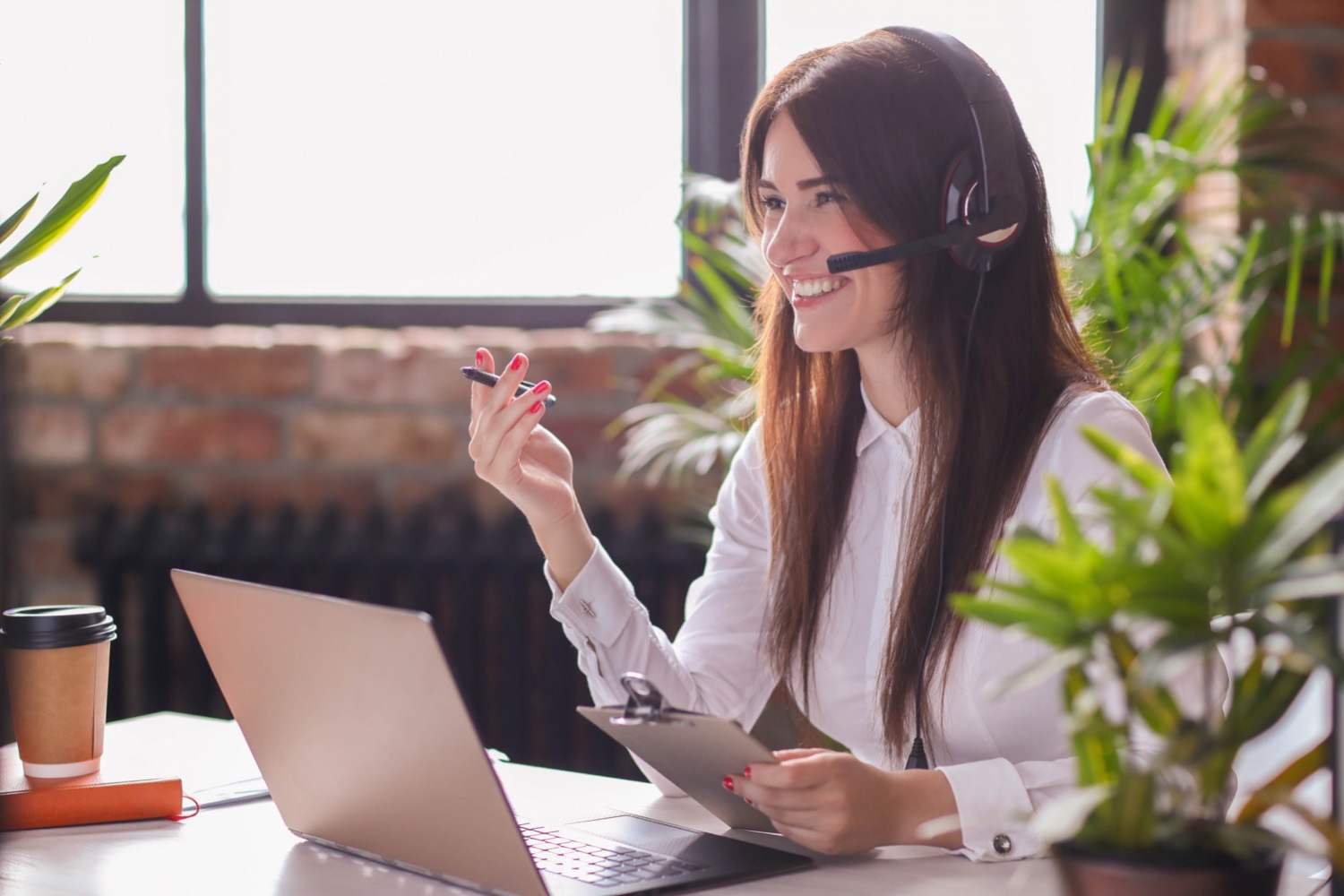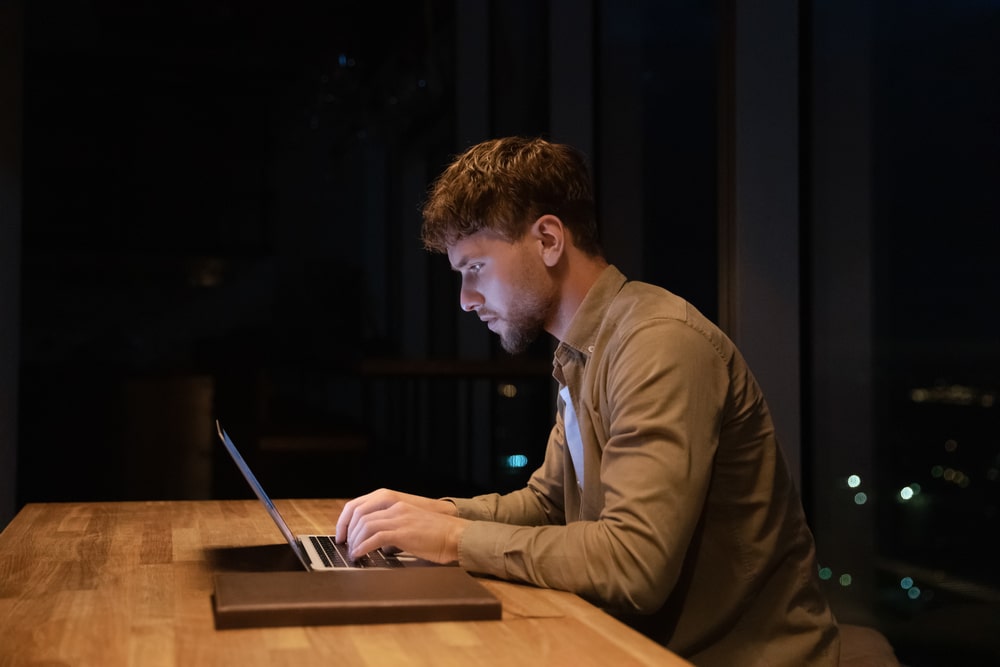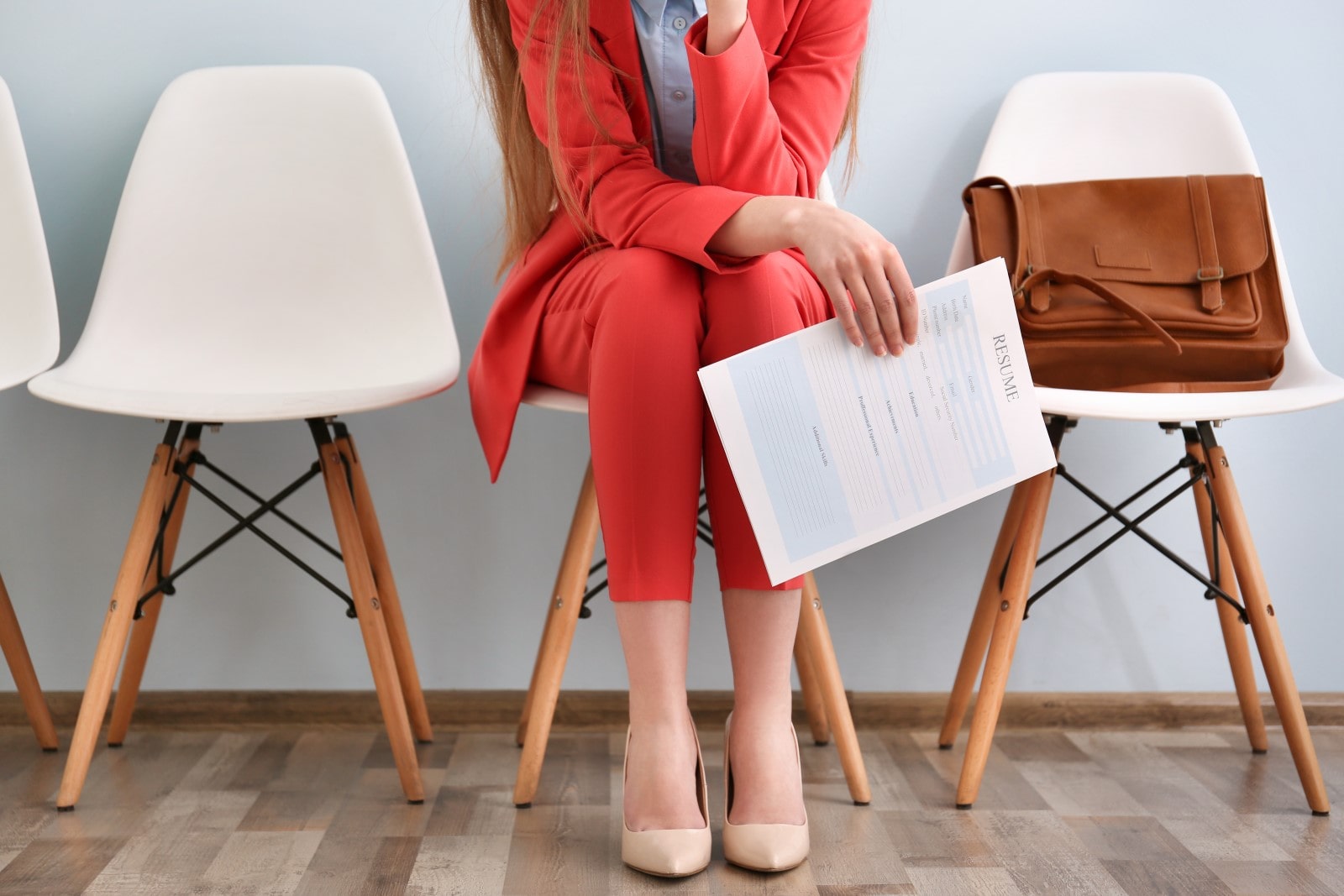Your next job interview is coming up soon? Then you’ve probably already racked your brains over what to wear to this important appointment. After all, a positive first impression and the right job interview outfit are just as crucial as the interview itself. We therefore reveal the most important Dos and Don’ts that you should keep in mind when it comes to your outfit and the dress code at job interviews in general.
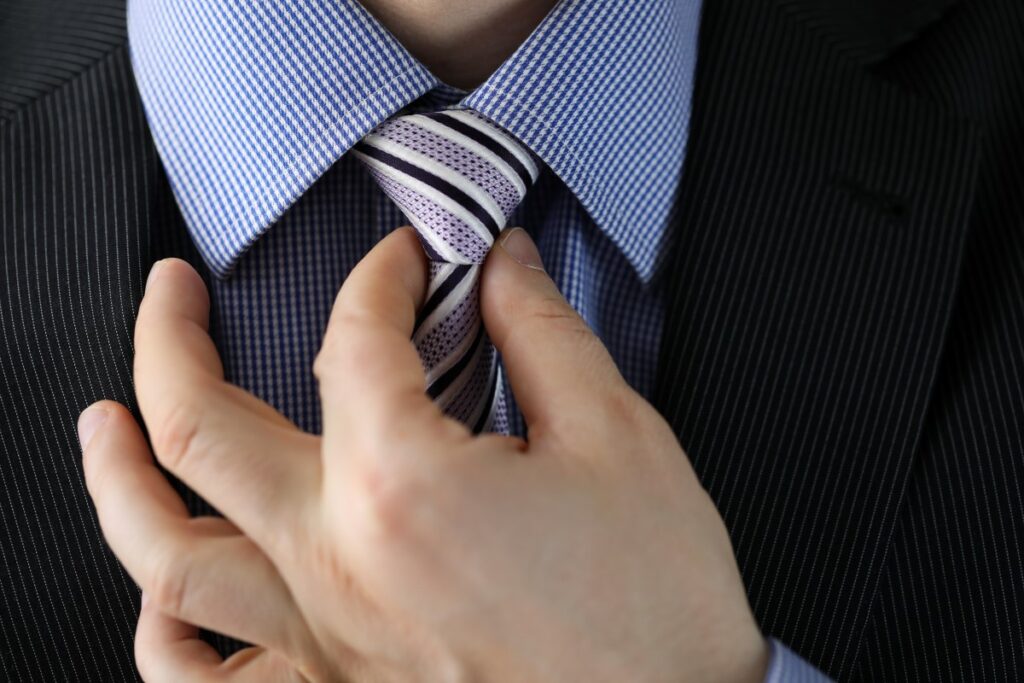
What are the best job interview outfits?
The call or e-mail has just arrived: you are supposed to introduce yourself personally to your potential employer or hiring manager and convince them of your professional qualities. Of course, preparation for possible tricky questions is now the be-all and end-all. But you should not forget what counts more than you may realize: appearance. Interview clothes? This may sound superficial and is of course, or hopefully, not the decisive factor for your professional future. In fact, however, a well-groomed, stylish appearance leaves the best impression and remains in memory.
You should keep a few Dos and Don’ts in mind when it comes to your interview outfit ideas:
Research the dress code of the business or industry
To dress professionally for your next interview, research what you should wear for a job in your industry. What is the company culture like? Is there an office dress code? Whether formal attire is required or a smart casual look is appropriate, you should definitely do some research on what to wear for interviews in your specific line of work.
As a rule, your outfit should not be too different from what you will wear to work at your potential employer. To find out, take a look at the company’s website, which often features pictures of employees.
1. Professional / business interview attire
If you are applying for a job at a bank, an insurance company or a similarly conservative industry, you should pay attention to business formal. A classic and understated formal look conveys the seriousness, security and confidence appropriate for the job. You can still look your best: well-cut suits emphasize your own competence. Gray or dark blue are great colors for this. Black is also possible, but more so if you are applying for a management position – otherwise a black suit can quickly come across as very distant. Why don’t you try a “mix and match” suit? Avoid wearing brown, as it can quickly look old-fashioned. Minimalistic jewelry and classic pumps or suit shoes round off the outfit.
- ☑️ Blazer
- ☑️ Simple blouse
- ☑️ Button-down shirt
- ☑️ Mix&match suit
- ☑️ Dress pants
- ☑️ Classic black dress
This also applies to jobs in marketing, PR and consulting, although your outfit may be more statement-making here. Why not wear a statement dress or a suit with special details?
2. Media, fashion, advertising or publishing jobs
In the creative industry, a casual look is now perfectly acceptable in most companies and what you wear to a job can be a bit more fashionable and expressive. This doesn’t mean that the look has to be crazy. Colorful accents or unusual accessories ensure that you stay in mind and at the same time radiate professionalism. Even though it might fit the artist cliché: avoid an all-black outfit, because that creates too much distance. If you like and it’s a casual interview (we hope you’ve done your research), wear jeans – preferably in dark blue or black.
If you’re not sure whether a dress or suit is too formal for this industry, opt for smart casual! This type of business casual outfits is perfect for job interviews where there is no specific dress code, but you still want your outfit to stand out.
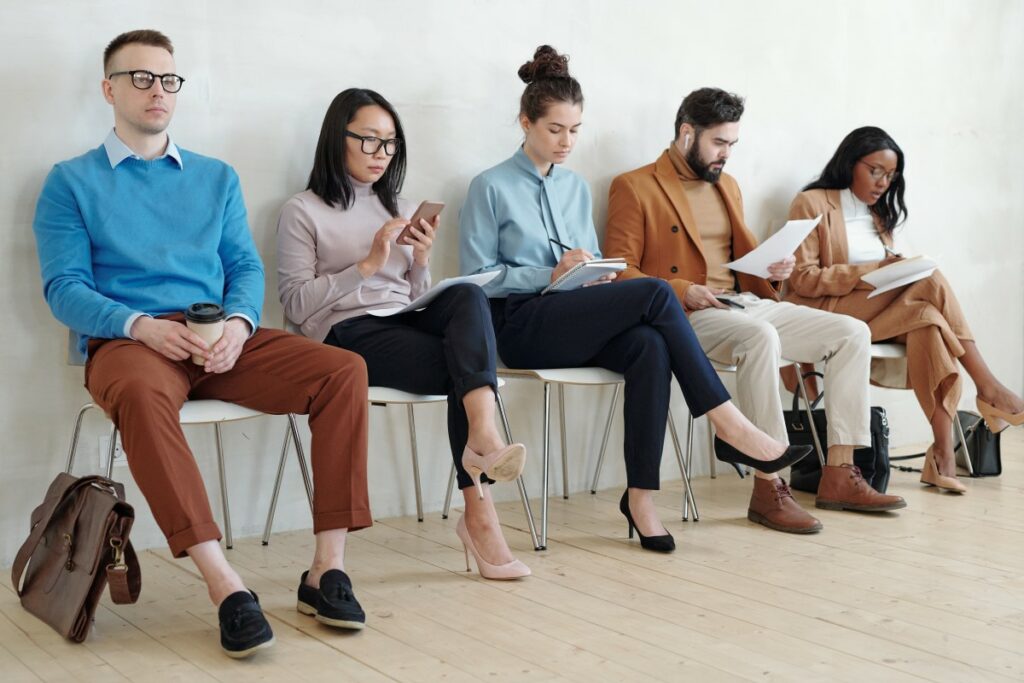
3. IT, technology, pharmaceutical, medical, or automotive industry
Particularly for job interviews in industries that are still dominated by men, career experts advise people to choose gender-neutral outfits. Sad, but true: too much visible femininity is unconsciously judged by many hiring managers to be less competent. A classic black suit with dress pants and a white blouse therefore always fits here. You can also wear a suit jacket and slacks with a shirt and tie or a button-down.
When in doubt, dress conservatively and avoid wearing an interview attire that is too business casual.
4. Non-professional / business casual interview attire
If your job interview takes place in a more casual environment, for example if you are applying for a college position, an internship, or a summer job, avoid an overly formal interview outfit. Of course, you shouldn’t wear flip-flops either, and a dress rehearsal is in order here as well. To make a great first impression, you can dress as you would for a business casual interview:
- ☑️ Open collar
- ☑️ Neutral colored chinos or slacks
- ☑️ Button-down shirt with a sweater or sport coat
- ☑️ Neutral blouse with a blazer
- ☑️ Dress pants

If you prefer an even more casual look, go for smart casual because you should always dress professionally and make your best impression even in a casual environment:
- ☑️ Neutral blouse or button-down shirt (no jacket or tie required)
- ☑️ Neutrally colored chino pants
- ☑️ Casual leather shoes or flat ballet shoes
What should my interview outfit look like?
As you can see, interview outfits and what you generally wear to a job can range from business formal with a specific dress code over business casual to smart casual. To be perfectly dressed for any occasion, there are a few more guidelines you should follow for job interview outfits:
Hot & Cold – still perfectly dressed
1. Warm weather interview attire
In summer, it is also advisable to dress according to the standards in your industry – and that may be a full suit! On particularly hot days, a tip is to look for high-quality materials in your clothing. These prevent excessive sweating and also ensure that you feel comfortable at the appointment with the hiring manager.
- ☑️ Loose cuts
- ☑️ Cooling materials
To avoid arriving at the interview sweaty, you can bring different interview outfits and then change. It is generally advisable to freshen up immediately before the interview. In any case, in summer you should take deodorant, tissues, or a cooling refreshing spray with you to the job interview.
2. Cold weather interview attire
Just because the weather is cold, you don’t have to face the HR manager with a thick turtleneck and an XL scarf. Put on a few layers of clothing and plan enough time to take everything off before the interview. Don’t forget to take one last look at your appearance in the restroom. If trudging through muddy streets is unavoidable, be sure to bring a clean pair of shoes to wear to your job interview.
- ☑️ Multiple layers of clothing
- ☑️ Dry shoes
When you come out of the cold into the warmth, your nose usually starts to run. Be prepared for this and make sure you have enough tissues with you.
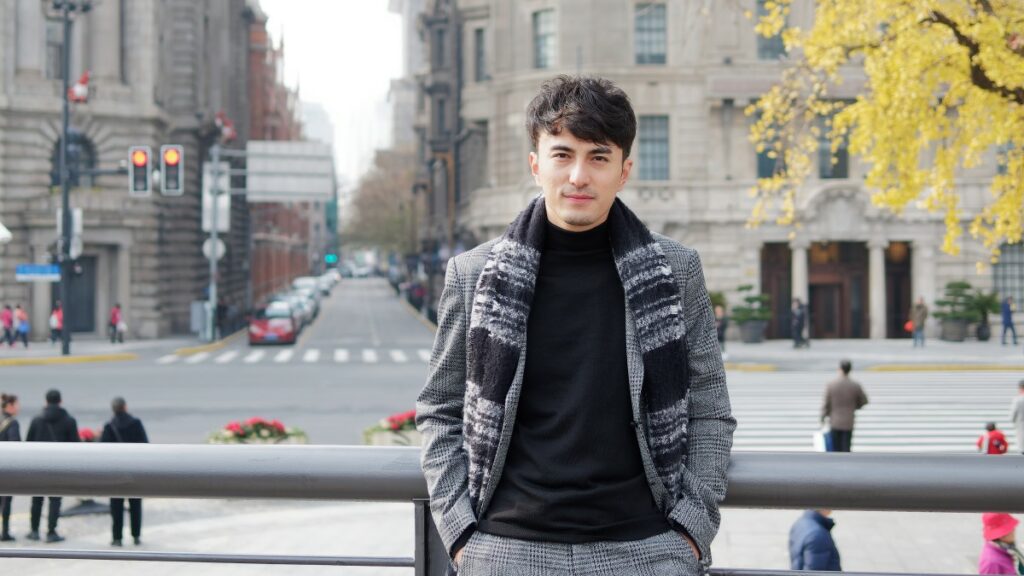
How to choose interview accessories
In addition to clothing, fashion accessories also play an important role in the overall impression of an applicant. Ideally, you can convey real elegance with targeted accents and therefore make a great first impression.
For all accessories, please make sure that they are:
- ☑️ In good condition
- ☑️ Have a neutral design
- ☑️ Fit coherently into the overall picture in terms of color and material
1. Best job interview hairstyles
Hair and hairstyles – just like clothing – unconsciously influence the first impression. And this either creates a coherent overall impression – or a disturbing feeling.
Career experts have found that applicants with traits considered typically masculine often have a better chance of getting the job:
- ☑️ Brush hair back or twist it up
- ☑️ Ponytail
- ☑️ If you wear a beard, it should be neatly trimmed before the interview
Generally, the hair should be freshly washed and groomed. Use gel and other styling products sparingly. Less is often more here.
2. Best job interview make-up
For an even complexion, it is important to use make-up and powder to avoid shine. Eyes and lips can also be slightly emphasized and the look of success is ready!
What not to wear for job interviews
As a general rule, your clothing at the interview should not be too flashy. Adapt your clothing to the usual dress code at your future employer (e.g. business casual). In addition, your clothes for the interview must be neat and absolutely clean. Avoid wearing:
- ❌ Bright colors
- ❌ Overly casual/ripped clothing
- ❌ Tight clothing
- ❌ Perfume and cologne
- ❌ Excessive makeup
- ❌ Too many accessories
- ❌ Headphones
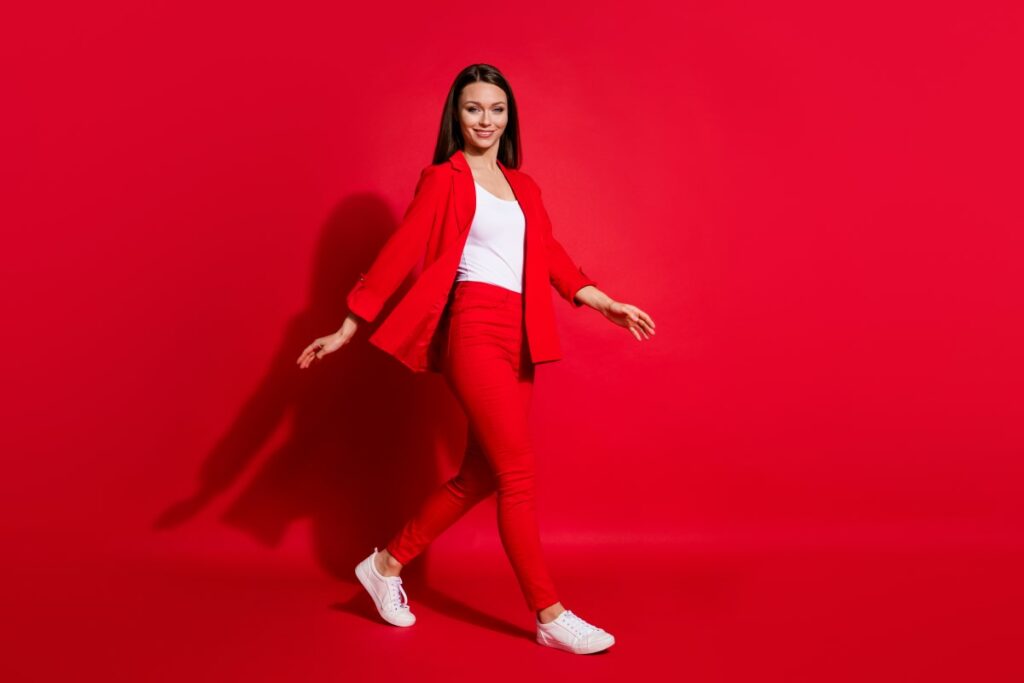
Conclusion
At the job interview, you want to score points with your overall package. In addition to your expertise, you should also wear the right outfit. Under no circumstances should you completely pretend and squeeze into clothes you don’t feel comfortable in. The good thing is: once you’ve found a chic look that you feel comfortable in, you’re guaranteed to master the job interview with an extra dose of confidence!
- Remain authentic
The frequently mentioned tip “Stay authentic!” is particularly difficult to implement if the company requires a dress code that doesn’t necessarily match your own style. For example, if you’re a young professional or moving from a programming job to an IT consulting position and don’t yet have your own style for the business, make it your mission to define that style for yourself.
- Find your own style
Look at different outfits and clothing options and find out what you feel comfortable in. This is also helpful in case you get the job, because you probably won’t be wearing your everyday clothes during work hours either.
- Familiarize yourself with the outfit
Interview preparation: If possible, you should have already worn the clothes you will be wearing at the interview. It is important that you have a feel for the fit of, for example, a jacket, button-down, dress, or skirt, both standing and sitting. Familiarize yourself with your job interview outfit and adjust it as needed.
Job interview outfits FAQ
Business casual means you don’t have to wear a full suit or costume. Familiarize yourself with the industry or business and then decide what to wear to the interview.
At the interview, the clothes should match the job. A suit or a combination of trousers and button-down shirt, dress pants, a blouse and jacket, or a formal dress are often excellent choices.
Flashy colors might distract from the substance of the conversation.
